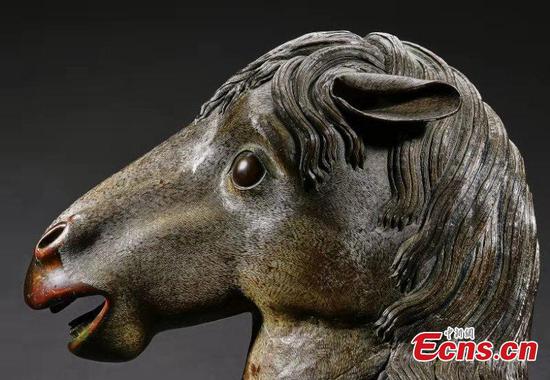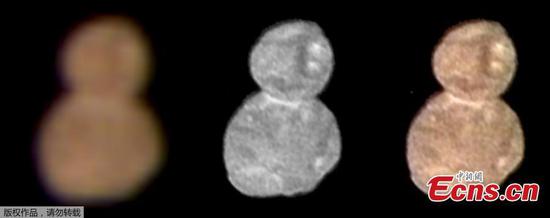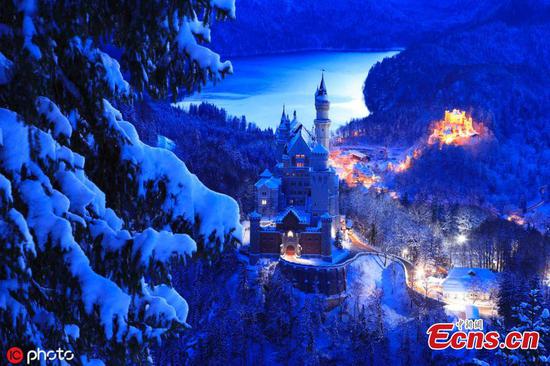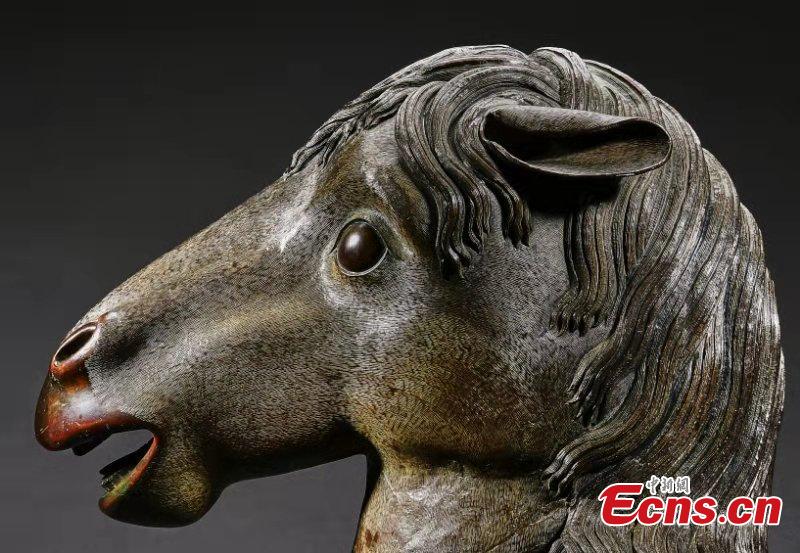
A red bronze horse-head statue was brought back by Macao-based tycoon and collector Stanley Ho Hung-sun and handed over to the National Cultural Heritage Administration in Beijing on Wednesday. The statue appeared in the National Museum of China on Wednesday afternoon and joined a temporary exhibition on cultural relics that have been returned from overseas since 1949. First built in 1707, the Old Summer Palace, or Yuanmingyuan, the former imperial resort of the Qing Dynasty (1644-1911) in northwestern Beijing, was often referred to as "the garden of gardens" for its lush landscapes and numerous temples, palaces and pavilions. It covered a 350-hectare area, about five times that of the Forbidden City.(Photo provided to China News Service)
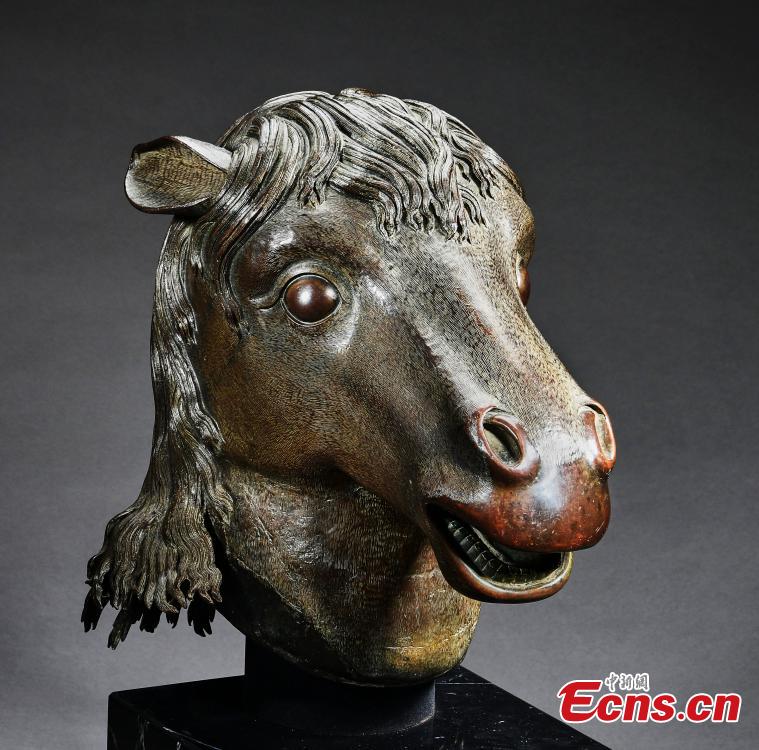
A red bronze horse-head statue was brought back by Macao-based tycoon and collector Stanley Ho Hung-sun and handed over to the National Cultural Heritage Administration in Beijing on Wednesday. The statue appeared in the National Museum of China on Wednesday afternoon and joined a temporary exhibition on cultural relics that have been returned from overseas since 1949. First built in 1707, the Old Summer Palace, or Yuanmingyuan, the former imperial resort of the Qing Dynasty (1644-1911) in northwestern Beijing, was often referred to as "the garden of gardens" for its lush landscapes and numerous temples, palaces and pavilions. It covered a 350-hectare area, about five times that of the Forbidden City.(Photo provided to China News Service)
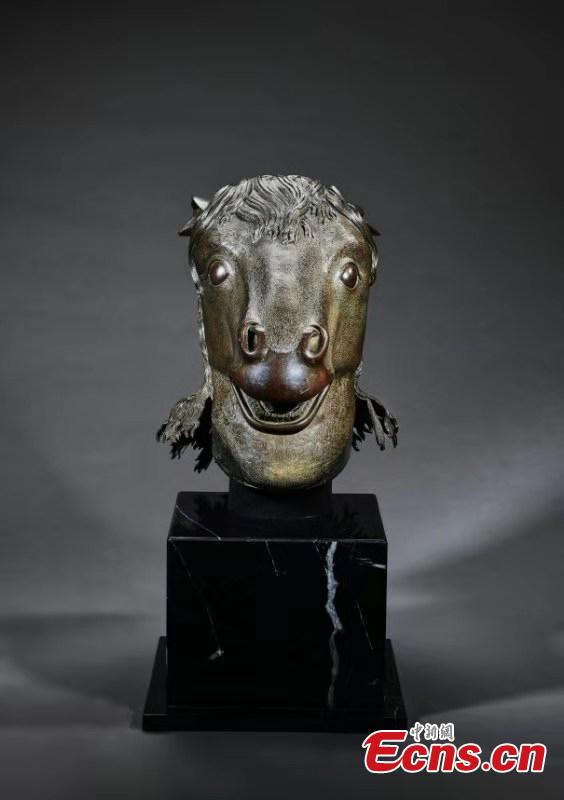
A red bronze horse-head statue was brought back by Macao-based tycoon and collector Stanley Ho Hung-sun and handed over to the National Cultural Heritage Administration in Beijing on Wednesday. The statue appeared in the National Museum of China on Wednesday afternoon and joined a temporary exhibition on cultural relics that have been returned from overseas since 1949. First built in 1707, the Old Summer Palace, or Yuanmingyuan, the former imperial resort of the Qing Dynasty (1644-1911) in northwestern Beijing, was often referred to as "the garden of gardens" for its lush landscapes and numerous temples, palaces and pavilions. It covered a 350-hectare area, about five times that of the Forbidden City.(Photo provided to China News Service)












